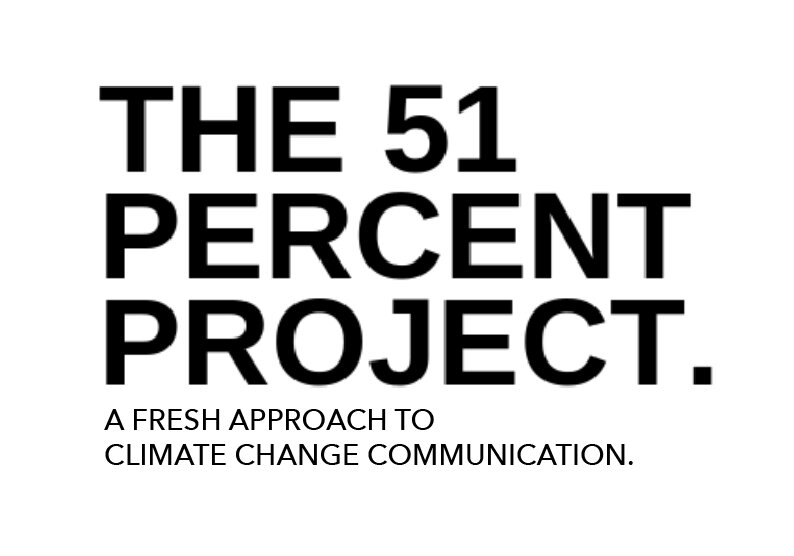People are motivated to join a cause when they are aware of what can fix it, and not so much when they are unaware of those solutions and frankly scared to death.
“It was an ‘Oh My God’ moment,” said one of the Princeton researchers who published a report on massive oceanic extinctions recently. The team was stunned by their conclusions — by the magnitude of the risk and by our ability to avoid it. So they changed the working title from “Marine Extinction Risk From Climate Warming” to “Avoiding Ocean Mass Extinction From Climate Warming.” And this word tweak may motivate more people to insist on the solution, which is, of course, to reduce fossil fuel emissions in line with the Paris Agreement.
Notice that “avoiding” is a verb: an action word. People want to know what they can do about climate change and planetary health. The answer: Plenty. They can insist on aggressive decarbonization plans from every company they do business with, and every government entity that receives their tax dollars.
Bad News/Good News or Good News/Bad News: either way, land a One-Two punch to show off solutions. Why? People need hope. They need to know that progress is well underway, because, as social scientists tell us, it’s human nature to want to join in a winning effort.

